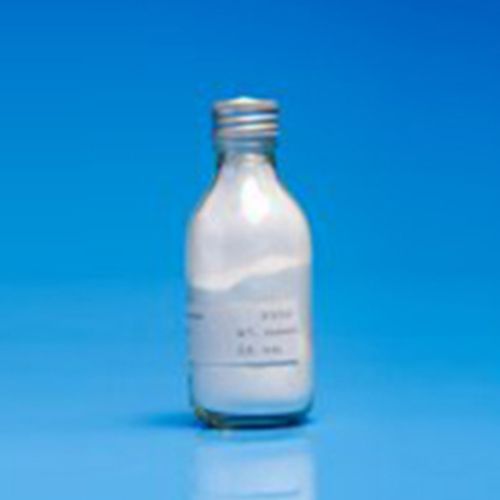What is gonadotropin
Gonadotropins (Gn) is a glycoprotein hormone that regulates the development of gonads in vertebrate animals and promotes the production and secretion of sex hormones. For example, luteinizing hormone (LH) and follicular maturation hormone (FSH) secreted by the anterior pituitary stimulate the development of reproductive cells in ovaries or testicles and the production and secretion of sex hormones. Human placenta secretes chorionic gonadotropin (HCG), which can promote the secretion of progesterone in pregnancy corpus luteum. HCG can appear in the urine at the initial stage of pregnancy, reaching a peak at two months of pregnancy, which is often used as a pregnancy indicator in clinical practice.

Second, the function of
LH is also called interstitial hormone (ICSH) because it ACTS on the interstitial cells of the testis and stimulates the production and secretion of androgens. The main effect of LH on female ovaries is to selectively induce the rapid growth of individual follicles before ovulation. When the secretion of LH reaches the climax, it triggers ovulation and converts the follicular wall after ovulation into the corpus luteum and secretes progesterone. The important role of FSH is to promote the growth and development of follicles in ovaries and sperm production in testicular ducts in males.
Three, the application
Gonadotropin produced from animal hypophysis has been widely used in animal husbandry and aquaculture, but has no effect on human beings. HCG can be prepared from the urine of pregnant women, or a mixture of LH and FSH can be extracted from the urine of postmenopausal women, namely human menopause gonadotropin (HMG).
Iv. Secretion mechanism
The production and release of pituitary gonadotropin are directly regulated by LH-RH. Sex hormones, the target gland product of LH and FSH, can in turn affect the secretion function of the pituitary gland or hypothalamus. Therefore, LH-RH, LH, FSH and sex hormone secretion interact with each other, and the fluctuations are quite rhythmic. The recurrent occurrence of women's menstrual cycles is the result of fluctuations and rhythmic changes in the production of these three hormones.
Five, the structure of
Both gonadotropin (LH, FSH, HCG) and thyrotropin (TSH) were synthesized by means of non-covalent bonds between the prunus and two subheteropositive peptide chains, which contained glycosyls. The glycosyls were partially covalently bound to individual aspartate residues, serine residues, or threonine residues on the peptide chains. The two peptide chains can be split and recombined. Ll, FSH, HCG and TSH have the same prun-peptide chain structure, while the amino - peptide chain has its own characteristics, which determines the functional specificity of the above mentioned hormones.